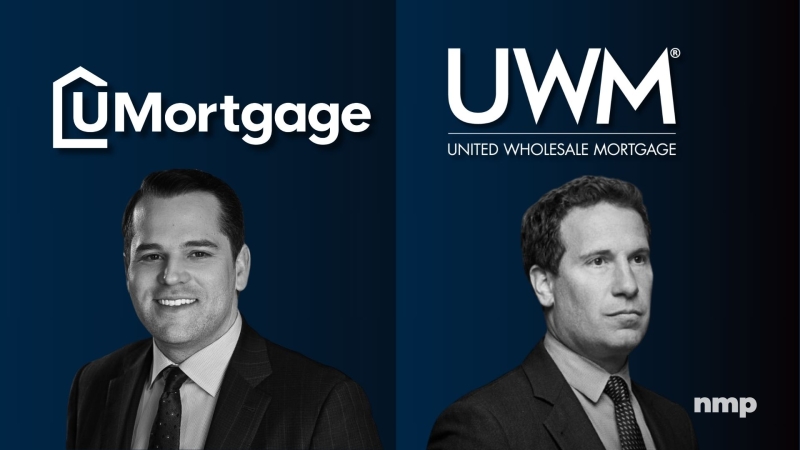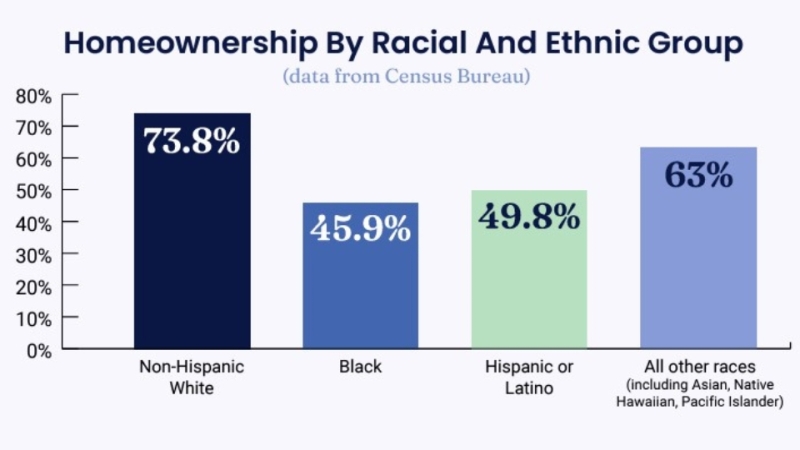Advertisement
Selling mortgages is not rocket science: Selling without price
Commercial Mortgage Insider: $200 Billion to Fund...Are You Ready?Anthony M. GramzaReal Estate Investment Trusts, REIT, Commercial Mortgage-Backed Securities, CMBS,
Yes, you read correctly. This year, our industry projects a
drop in loan production from previous years and the late
1990's when we saw funding closer to an excess of $300 billion. But
even with this projected drop-off, the amount indicated is
certainly nothing to sneeze at. Our question to you is: "Are you
ready for the demand, and will you be one of the brokers who will
help in achieving that goal?"
Over the past six or more years, we have seen a resurgence of
commercial loan activity, slower on some local levels, but
certainly expanding to new heights in both the national and
international scene. This is due to the heavy use of public
capital; capital that will continue to stay with us for long
periods of time to come. Public capital comes in the form of Real
Estate Investment Trusts (REIT) and Commercial Mortgage-Backed
Securities, (CMBS). Its presence is here to stay, and its modus
operandi will have a definite effect on how we do business both
today and in the future.
Over the past four or five years, I have continued to stress the
need for Mortgage Brokers around the country, regardless of how
long they have been in the business, to learn all they can about
the CMBS marketplace. It currently is, and has been, the leading
giant in funding commercial mortgage loans around the country, and
it will continue to be very prominent in the coming years. Not only
must brokers educate themselves on the way they are doing
business these days, but they must educate the client as
well! The funds are available; can your deal "make the grade?" The
way we thought 10 years ago is now gone. Lenders have learned over
the years from both their successes and failures. And now they have
another "watchdog" working with them to insure added credibility on
all funded loans. We refer to the rating agencies. In the
past five years, Wall Street has learned our business, and right or
wrong, they'll continue to be a partner with our lenders in making
deals happen.
The type of transaction and its characteristics will have a
definite bearing on the final amount committed, the margin (profit)
over the corresponding index used by the lender, and specific terms
required to close and fund. Each commercial property type has its
own set of underwriting guidelines. You, as the broker, must be
knowledgeable in those requirements, and use them in your
preliminary analysis. Be honest with your client, explain to them
why certain items are included in the expense column, and the
purpose of added line items such as Tenant Improvements and Leasing
Commissions (TILC). We may not like the added expenses (they reduce
our loan amount), but we have to live with them. In the long run,
it actually ends up being a "positive" for the client. Initially,
they won't see it your way, but to be honest, they are quite aware
of why it's being done. For those brokers who have faced this
so-called obstacle, it's an uphill battle with the client or their
agent. And, as we all know, there are brokers who will inform their
clients that it's unnecessary, that they can get their lenders to
"waive" that requirement, and tell their clients whatever they (the
client) wants to hear. Honesty is the best policy, but remember,
your reputation will follow you.
This year, our marketplace will continue to be the multi-family
projects, with vacancies remaining low, and with high lender
desire. Retail and industrial funding will continue to move at a
reasonable pace. However, the strength of the leases will ensure
approvals and funding. Although we will all agree that there has
been an over-building in the hospitality industry, certain lenders
will still consider your application if--and I say if--the
project is in the luxury or high profile chain. What has helped
this industry has been the clients' ability to keep their ADR's up
and expenses at a minimum. Demand for office buildings has
decreased, and our field experts indicate that in most areas, we
will see over-building and higher vacancies in suburban
locations.
For those brokers who are still new to this phase of our
industry, keep your eyes and ears open to the small loan requests
that enter your offices. They may be as low as $250,000, but many
of the conduit lenders have specific programs for these types of
loans, and are willing to work with you to make it happen. Just
remember, the size of the loan may be low and it may take somewhat
less work on your part than a larger loan request, but the bottom
line is that the numbers must still make sense, and the majority of
exhibits are very similar in nature, whether a request for $250,000
or $2 million.
Everyday we hear that rates will continue to rise...and they
most likely will. There is an ever-increasing pressure on the Fed
to insure that the big "I" word does not effect our current way of
life. With the abundance of mortgage funds available in the
marketplace today, lenders will be watchful to keep the rate
scenario on a positive level, somewhat similar to 1999, and if
necessary, keep their margins disciplined. This will make deals
happen, and place a positive effect in the mind of the consumer
that it is still good to do business these days.
Every year for the past three years, I have had suspicions that
the marketplace was going to slow down, and so far, I have been
happily wrong. At the end of the past three years, I have sat back
and was astonished by what really happened in the marketplace. This
year is about the same, except that I do feel that business will be
out there, moving slowly, and with more lenders
seeking fewer deals. For all of our broker readership--be positive,
be persistent, and lastly, remain "professional."
Anthony M. Gramza, President of AMG Commercial Group and
NAMBEF Region I Director, may be reached at (716) 264-9540 or
E-mail [email protected].
About the author





